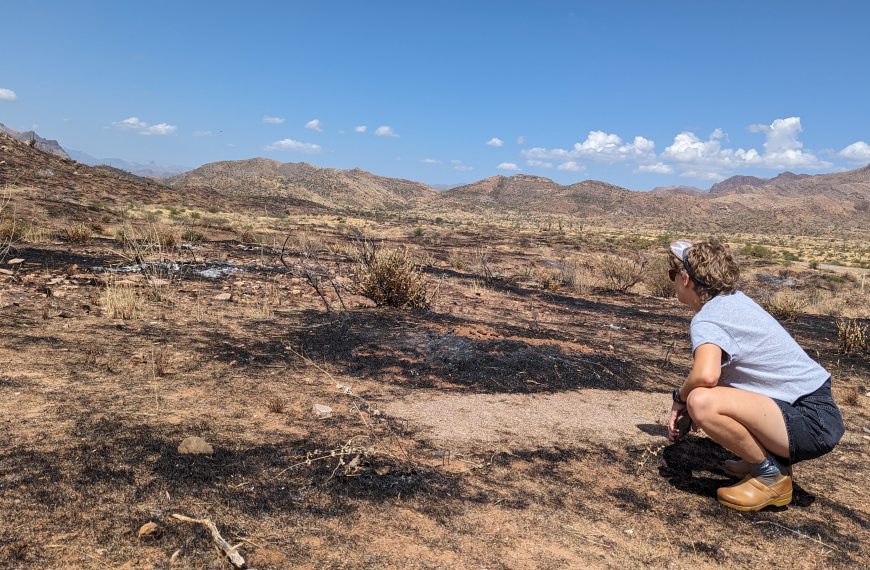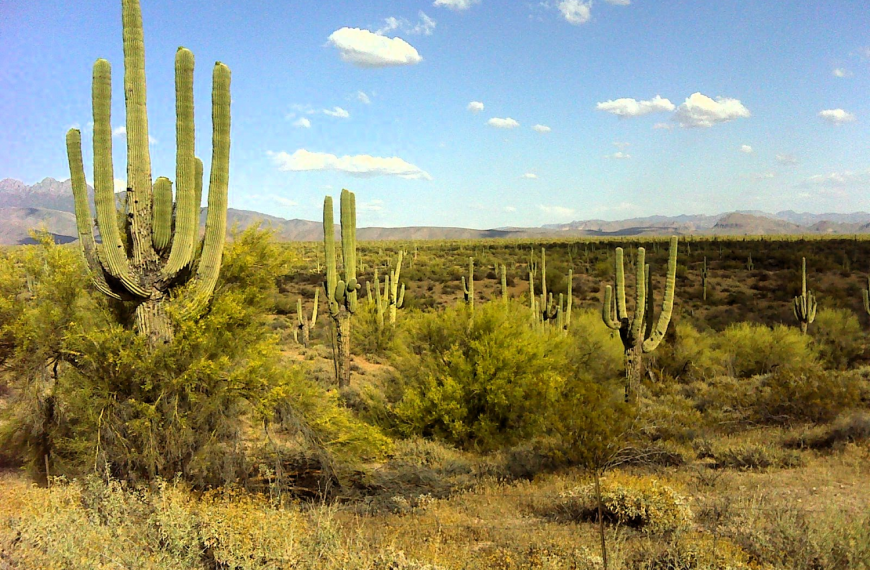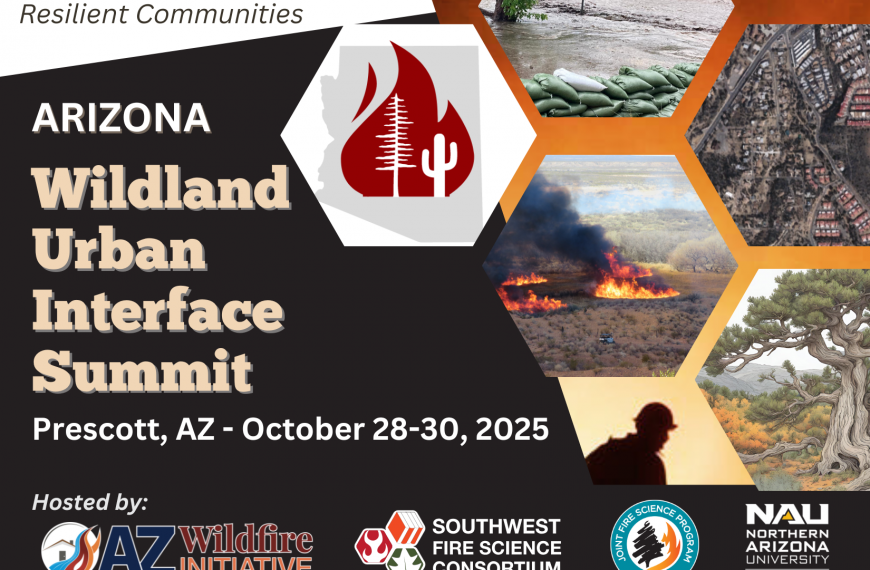Presenter: Amy Waltz, Program Director of Science Delivery, Ecological Restoration Institute
Uncharacteristically large and severe wildfires, or mega-fires, are occurring with increasing frequency over the last decades in the western United States. The 2011 Wallow Fire, a 538,049-acre (217,740-hectare) fire in the conifer forests of eastern Arizona, provided the opportunity to compare the effectiveness of different hypothetical treatment scenarios at reducing fire effects. To evaluate how treatment scenarios based on different values at risk influence landscape-level fire effects, we used FlamMap to model fire behavior under the following priority scenarios: 1) 2010 pre-fire conditions; 2) a Wildland-Urban Interface (WUI) priority (based on national priorities) where stands with high fire risk (Fire Program Analysis data) within WUI boundaries were “treated” to produce lower canopy cover and crown bulk density and fire models more indicative of open-canopied conifer forests; 3) a “Restoration Opportunity” priority, where forests stands in frequent-fire systems that exhibited closed canopy and high tree densities occurring across the landscape were treated as above; and 4) a scenario that represented a blend of 2 and 3. Key findings included: 1) Fuel reduction treatments were effective at reducing fire behavior and reducing risk to prioritized values like communities. 2) WUI-only treatments resulted in large, contiguous areas with unchanged crowning potential across the pre-treatment landscape. Continuous fuels in uncharacteristically high loadings continued to support active and passive crowning in 20,000 – 40,000-acre (~8,000 – ~16,000 hectare) blocks with potential losses to ecological integrity in forests adapted to more frequent fire conditions. 3) Fuel reduction treatments simulated at broader scales had bigger impacts on overall reduction of crown fire within the Wallow Fire perimeter. The continued investment of the majority of treatments in the WUI does provide protection for communities; however, our results suggest this strategy alone will not solve continuing ecological degradation from uncharacteristically severe fire on the greater landscape.






